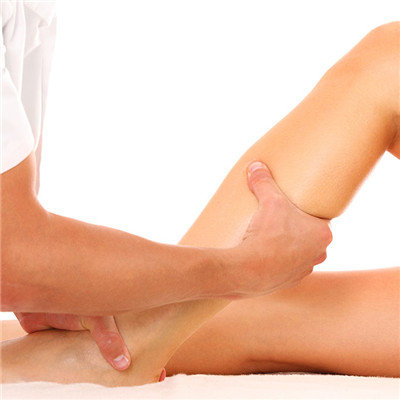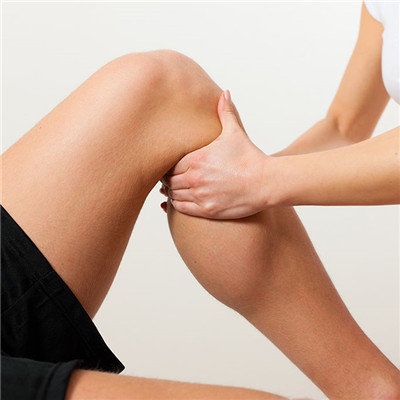Symptoms of polymyositis
summary
Polymyositis is a systemic connective tissue disease, characterized by inflammation, degeneration and other changes in muscle tissue (the skin is often also affected, that is, dermatomyositis), resulting in symmetrical myasthenia and a certain degree of muscle atrophy, mainly in the limb girdle muscle. The etiology is unknown, which may be caused by autoimmune reaction. It has been found that IgM, IgG and C3 are deposited in the blood vessels of skeletal muscle, especially in children with dermatomyositis. What are the symptoms of polymyositis? Let's talk about it
Symptoms of polymyositis
Polymyositis can be acute or occult. Acute infection may be its precursor or predisposing factor. The symptoms of adults and children are similar, but the onset of children is often very urgent, while adults are mostly insidious. Early symptoms are usually proximal myasthenia or rash( In inclusion body myositis, the distal muscle is also involved, even more severe than the proximal muscle). Muscle tenderness and pain symptoms were significantly less than muscle weakness. Skin rash, polyarthritic pain, Raynaud's phenomenon, dysphagia, lung disease and general discomfort, fever, fatigue, weight loss can occur.

Myasthenia can occur suddenly and continue to progress for weeks to months. It can destroy 50% of the muscle fibers and cause myasthenia (myasthenia indicates progressive myositis). The patient felt difficulty when lifting the upper limb over the shoulder, stepping up and standing up from the sitting position. Due to the weakness of pelvic and shoulder muscles, the patient needed to sit in a wheelchair or bedridden. The flexor muscles of the neck can be seriously affected and the head cannot be lifted from the pillow. Laryngeal muscle weakness is the cause of dysphonia. The involvement of chest wall muscle and diaphragm may cause acute respiratory insufficiency. Pharyngeal and upper esophageal rhabdomus involvement causes dysphagia and reflux. It is difficult to distinguish the lower esophagus and small intestine peristalsis from progressive systemic sclerosis. Hand, foot, face and other muscles are generally not affected. Limb contracture can occur in the late chronic stage of the disease.

About 30% of patients with polymyositis and dermatitis often have multiple joint pain, accompanied by joint swelling, joint exudation and other manifestations of non teratogenic arthritis. These rheumatic diseases are generally very mild, and more often occur in Jo-1 antibody positive people. The incidence of Raynaud's phenomenon is particularly high in patients with polymyositis and other connective tissue diseases.

matters needing attention
Immunosuppressants, including methotrexate, cyclophosphamide, nitrogen mustard phenylbutyrate, azathioprine and cyclosporin, are beneficial to patients who are ineffective only with hormone therapy. The effect of intravenous immunoglobulin is being evaluated. The initial data are encouraging, but the high price prevents further controlled trials. In patients with myositis complicated with malignant tumor, if the tumor is removed, the condition can be naturally relieved.












